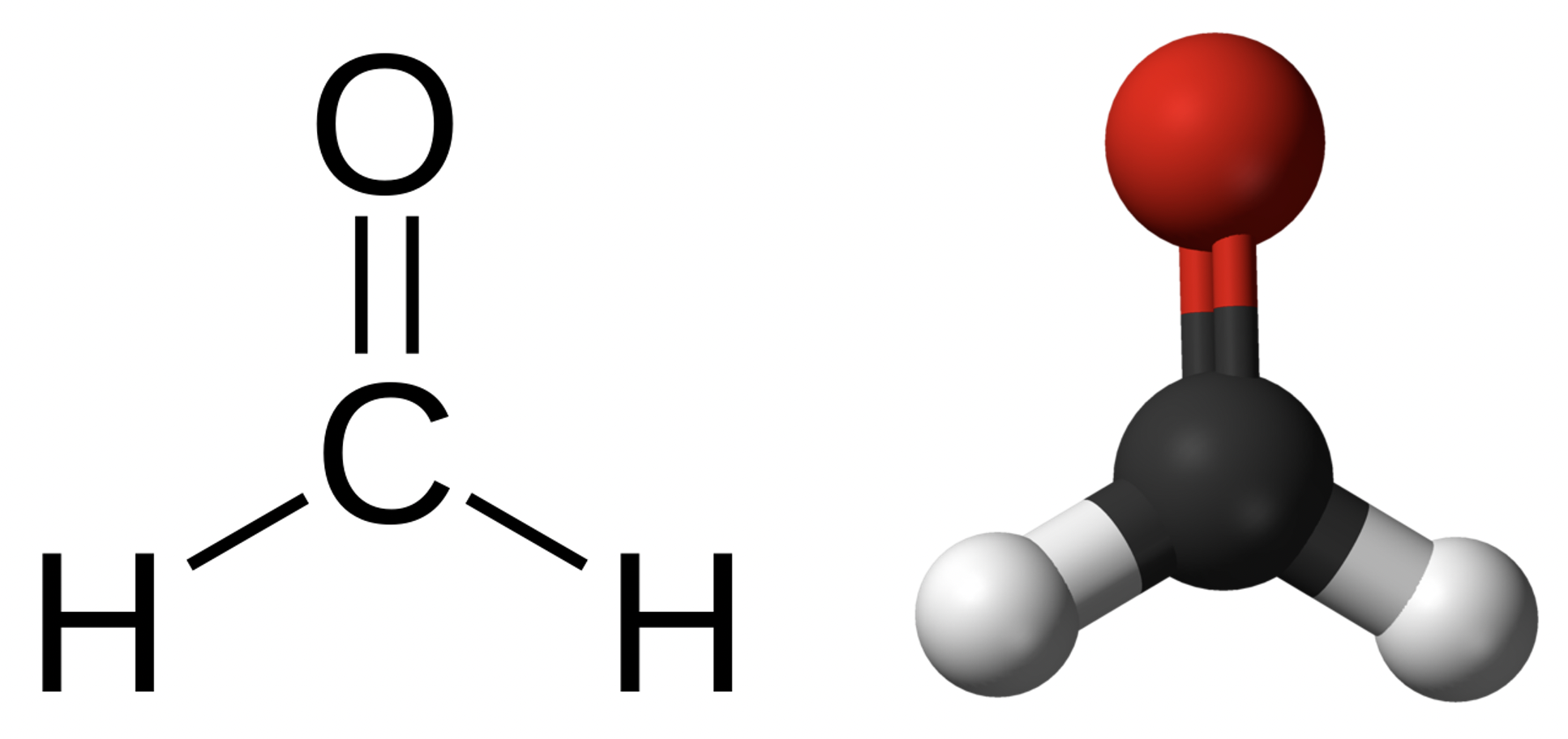Recently, a well-known nail polish brand found that the formaldehyde exceeded the standard by 82 times. What is “formaldehyde”? Presumably many people immediately think of the pungent smell emanating from brand-new decorations, furniture, cars, etc., as well as occasional news reports that clothing, cosmetics, black-hearted foods, etc. contain excessive formaldehyde. How sacred is formaldehyde, and why can it be like the Monkey King everywhere? Should we be worried about formaldehyde exceeding the standard?
Formaldehyde (formaldehyde, methanal) chemical formula CH2O, is the simplest aldehyde (aldehyde), is a colorless gas with a pungent odor, easily soluble in water. 35~40% formaldehyde solution is commonly known as formalin. As long as there is 0.1 ppm of formaldehyde in the air, you can smell peculiar smell, and 0.5 ppm can irritate the eyes and throat; higher concentrations can cause nausea, vomiting, cough, chest tightness, asthma and even emphysema and other symptoms.
Useful formaldehyde

The elementary school’s nature class has a fresh memory of using formalin to preserve insect specimens. Why can formaldehyde be antiseptic? It turns out that formaldehyde is very active and will react with proteins and DNA; a formaldehyde molecule can react with two amino groups of proteins or two bases of DNA to link up,
thereby denaturing proteins and DNA (changing the structure), one Losing the normal function of the original organism, and secondly, these molecules after reacting with formaldehyde are also cross-linked by formaldehyde into a network structure and are not easily decomposed. Therefore, formaldehyde can not only sterilize and disinfect, but also prevent the decay of biological tissues. It has a wide range of applications in many fields of biology such as anatomy, microscopy, and RNA electrophoresis.
Due to the active chemical properties of formaldehyde, formaldehyde is also an important raw material for the manufacture of synthetic resins in industry. Phenol, urea and melamine are mixed separately, and they can cross-link with these molecules to produce phenolic resin (bakelite), urea-formaldehyde resin and melamine-formaldehyde resin (melamine, melamine resin), which are widely used in various household products. .
Where would you come across it?
Foamed urea-formaldehyde resins (UFFI), which are often used for home insulation, as well as formaldehyde resins used in upholstery and furniture, can release considerable formaldehyde gas during construction; these resins will slowly release even after construction is complete out excess formaldehyde. When gas and cigarettes burn, formaldehyde is also released into the air, so formaldehyde is one of the common indoor air pollutants.
Carpets or anti-wrinkle clothing are also often added with formaldehyde resin as a styling agent. Due to the antiseptic function of formaldehyde, it has also been added to food by some unscrupulous businessmen to extend the shelf life, such as formaldehyde rice noodles in China and Vietnam and the black-hearted food incident in Indonesia; but according to the Food Safety and Hygiene Management Law, formaldehyde is not a food additive. must not be checked out.
Why is formaldehyde added to nail polish? In addition to formaldehyde resin, the main source of formaldehyde in nail polish is formaldehyde as a preservative. Since formaldehyde has very active chemical properties and is a gas, if formaldehyde is directly added to the product, the content is not easy to control and the anti-corrosion effect is not long-lasting. So what is actually used is a class of chemicals called “formaldehyde releasers”. The formaldehyde releaser itself is not formaldehyde, but it will slowly react chemically, producing a small amount of formaldehyde in the product, so as to produce antibacterial, anti-mildew and anti-corrosion functions in cosmetics and cleaning products. Formaldehyde release agents produce formaldehyde, which is also consumed by chemical reactions, so that the content of formaldehyde can reach a stable balance. Due to the above advantages, despite the toxicity of formaldehyde, formaldehyde releasers are still very popular preservatives.
How does formaldehyde harm the human body?
Water can carry a boat or capsize it. Formaldehyde is widely used in industry, but it is also very harmful to the human body. Formaldehyde is highly irritating and can cause skin and respiratory allergies. According to 2005-06 statistics, formaldehyde was the seventh most common allergen, and 9% of subjects had an allergic reaction to formaldehyde in the patch test. Chronic exposure to formaldehyde can also cause impaired respiratory function, reduced fertility in women and even miscarriage. Not only that, but as mentioned earlier, formaldehyde will react with proteins and DNA, including human proteins and DNA of course!
Therefore, formaldehyde is also classified as a Group 1 carcinogen by the International Agency for Research on Cancer (IARC) of the World Health Organization (WHO), that is, a “known human carcinogen”. When the human body inhales formaldehyde for a long time, it may lead to sinus cancer and nasopharyngeal cancer; the latest research in 2009 pointed out that formaldehyde may increase the risk of leukemia.

